“Water, water everywhere and not a drop to drink” typically induces images of the salty seas, but in this case could describe the drinking water in Philadelphia about a year ago. It would be tough to forget, but a chemical spill on the Delaware River caused chaos within our water supply, as the contamination and the poor communication from the City led to confusion everywhere you looked. While we of course have thoughts on the pollution possibilities upstream (they’re bad!), this put a spotlight on the city’s water infrastructure, which is seeing many of its facilities nearing the end of their functional lives. And – in what comes as absolutely no surprise for those in tune to the city’s trailblazing spirit – there is a long history here related to our water supply.
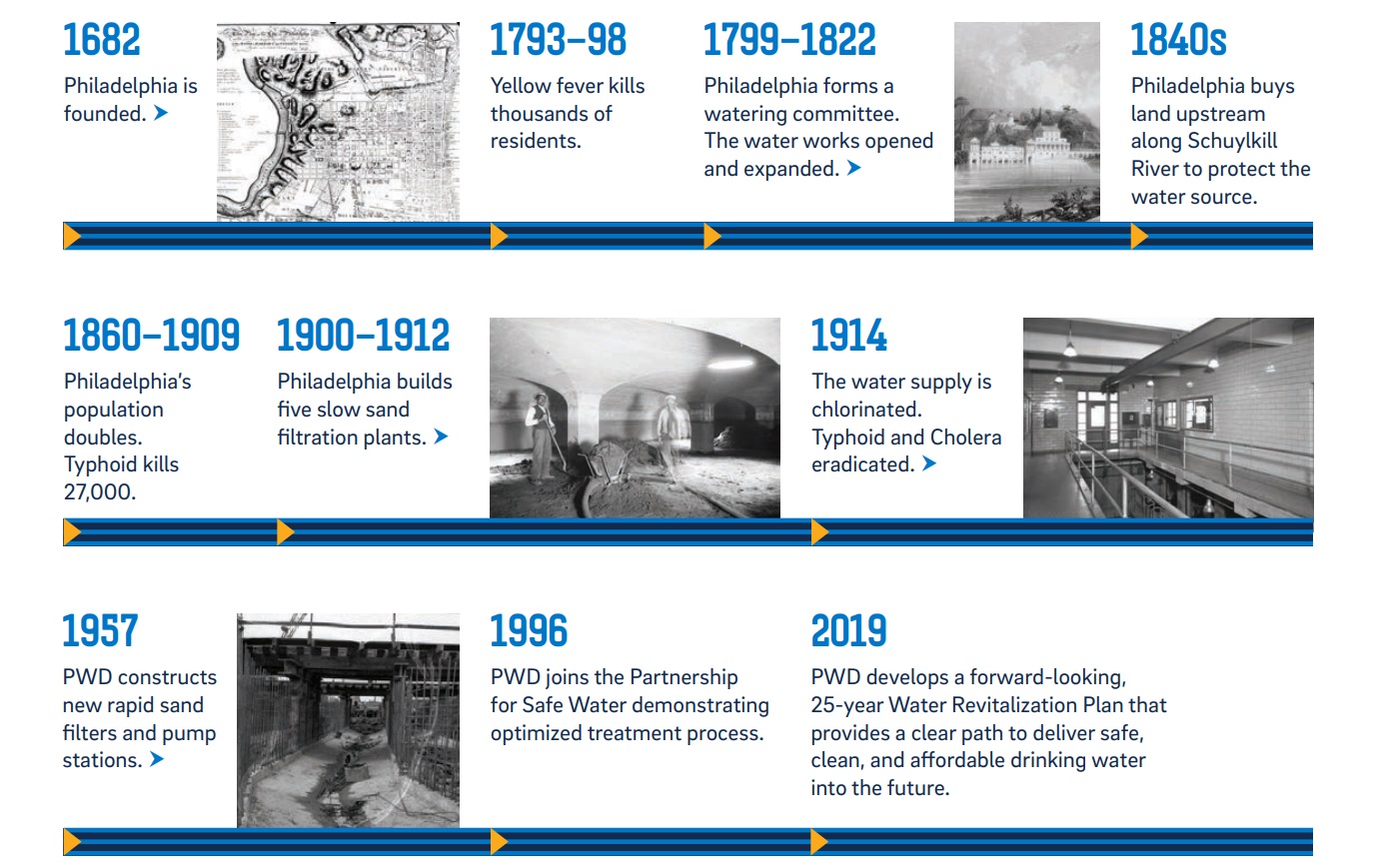
“Wow, that’s really cool and all, but why are you telling us about the history of water, dude?” I’m glad you asked! If you noticed the last piece of that timeline, it mentions a “Water Revitalization Plan“, which doesn’t mean much on its own. However, things became clearer recently, as the City opened up a series of public meetings to present the plans for this 25-year project that will have a nifty little $2.5-billion price tag – and that’s in 2019 numbers. These plans include ~400 projects, including updates to treatment centers, pumping stations, and new pipework connecting the plants, allowing for a quick and easy transition in case of future emergencies. This would be a phased plan, with some federal moneys already procured to get things started. As you can see in the map below, these projects cover a wide geographic range.
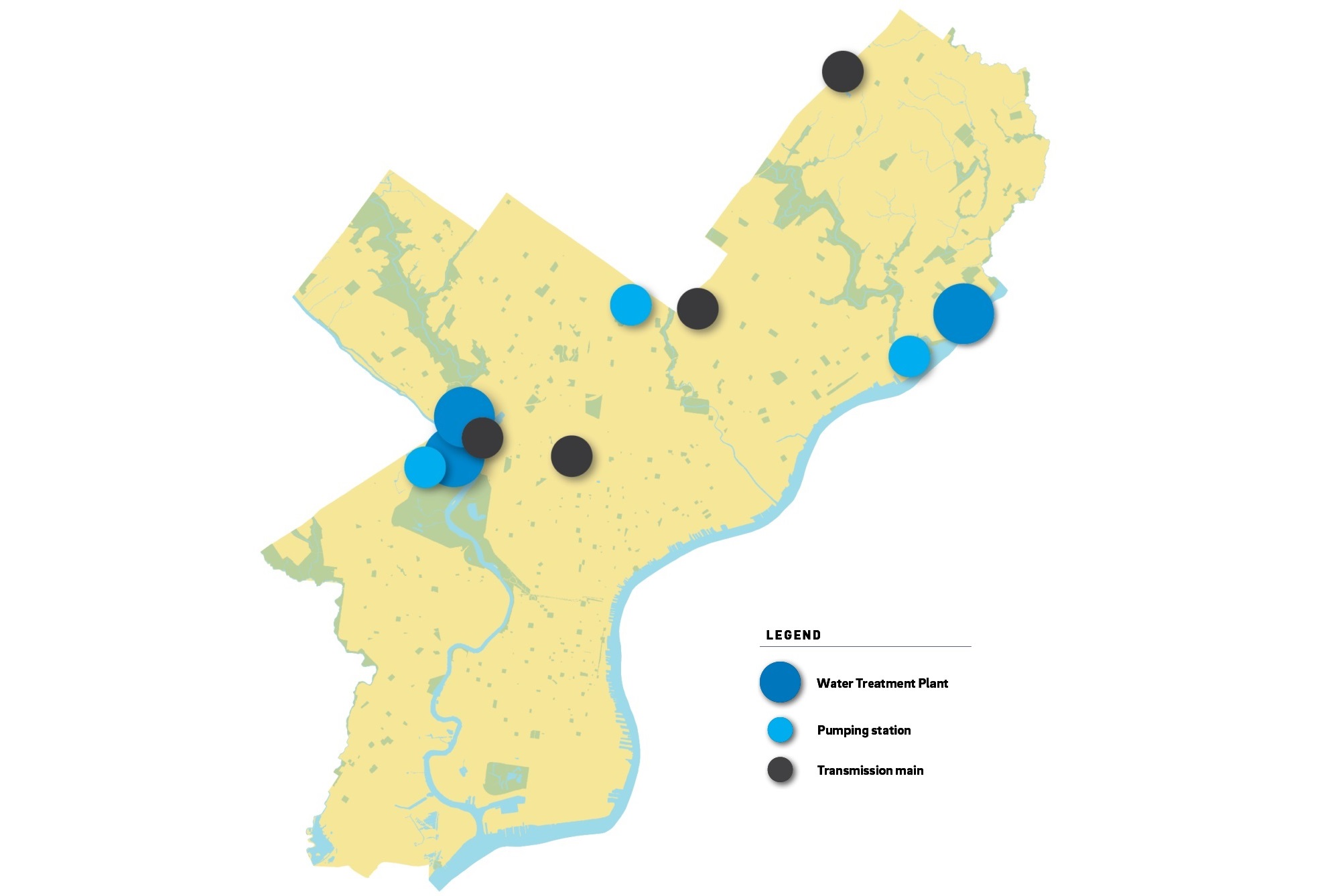
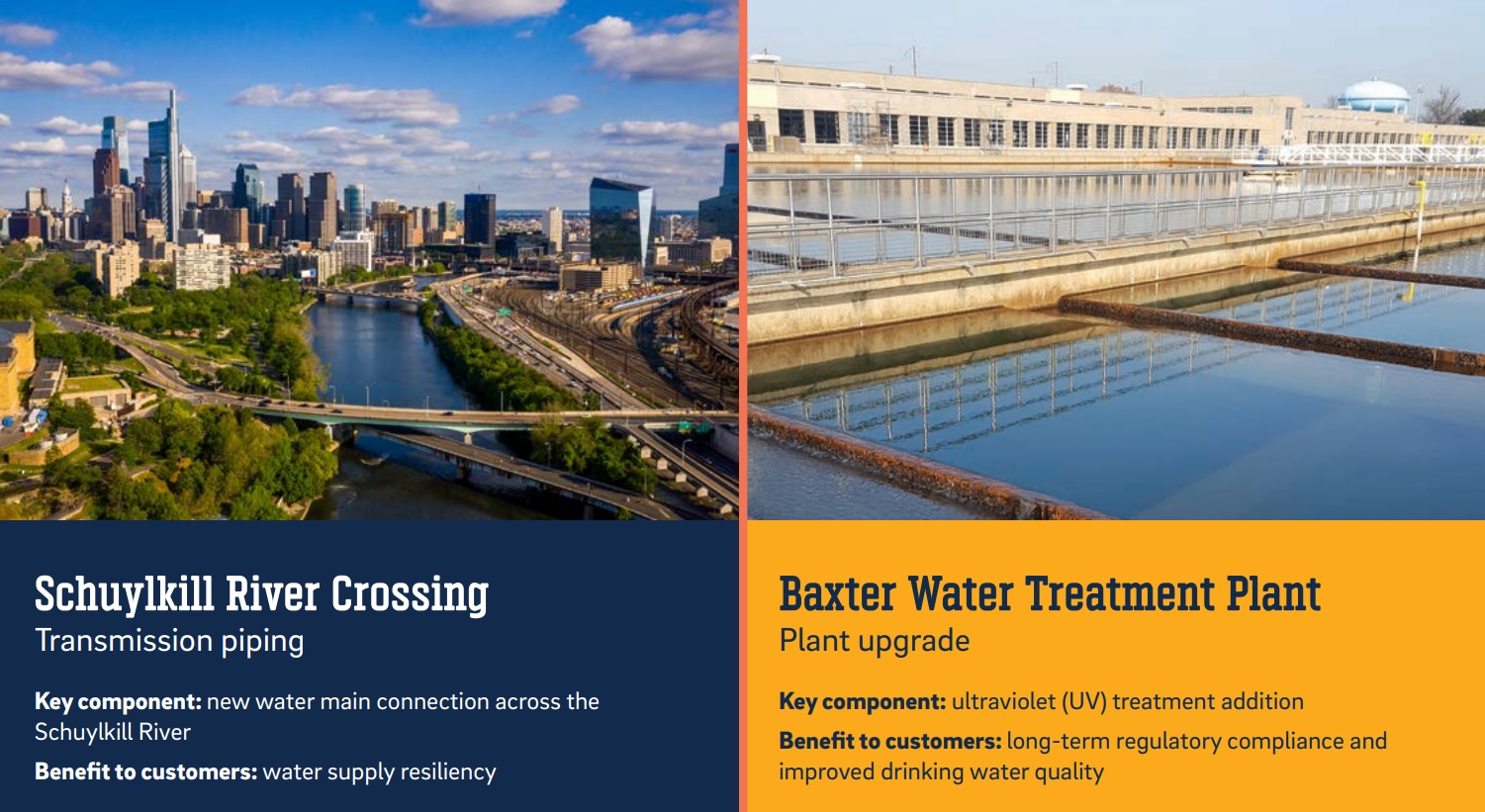
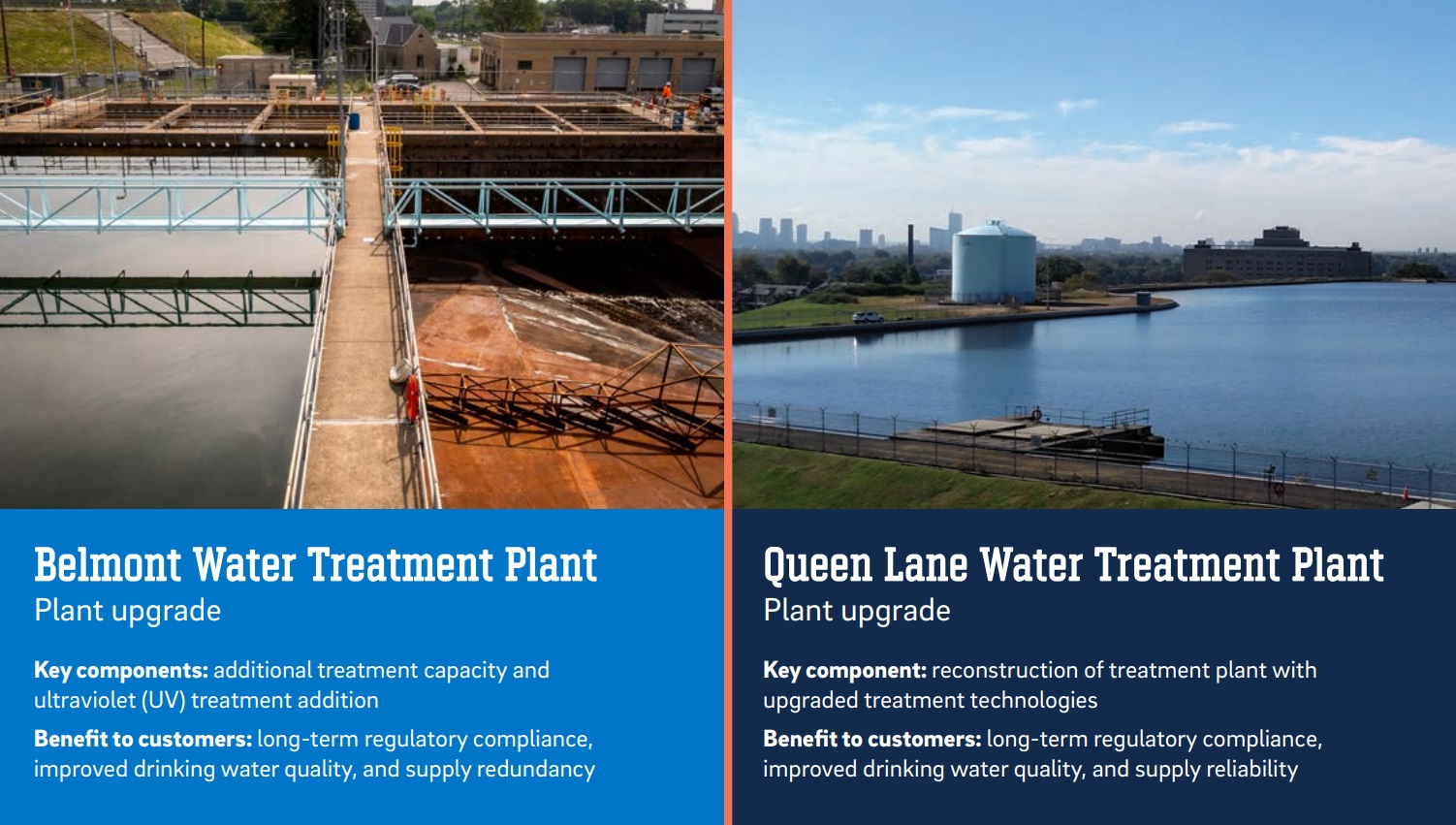
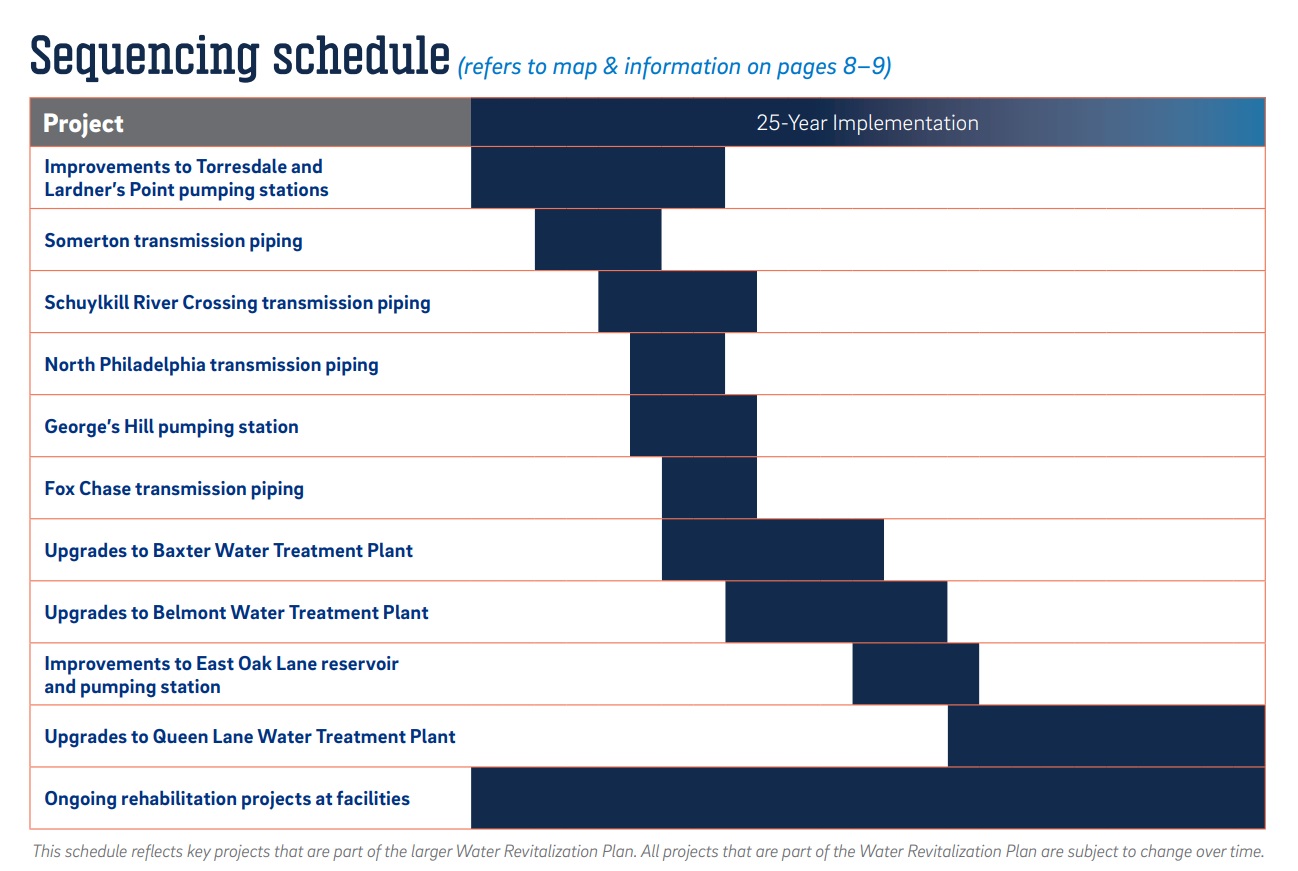
OK, so now to the juicy stuff: as you might expect, not everyone is stoked about these plans, especially those who live close to the facilities. One of those facilities is the Queen Lane Water Treatment Plant along none other than Queen Ln. in East Falls. Case in point: the East Falls Community Council, which serves as the local registered community organization (RCO) and handles zoning matters among other things, has been concerned about these plans since late last year. In fact, water treatment facility vs. local community battles have been going on for a dozen years, even when only a fence was the issue. As you can see, this huge facility sits immediately adjacent to a residential neighborhood.
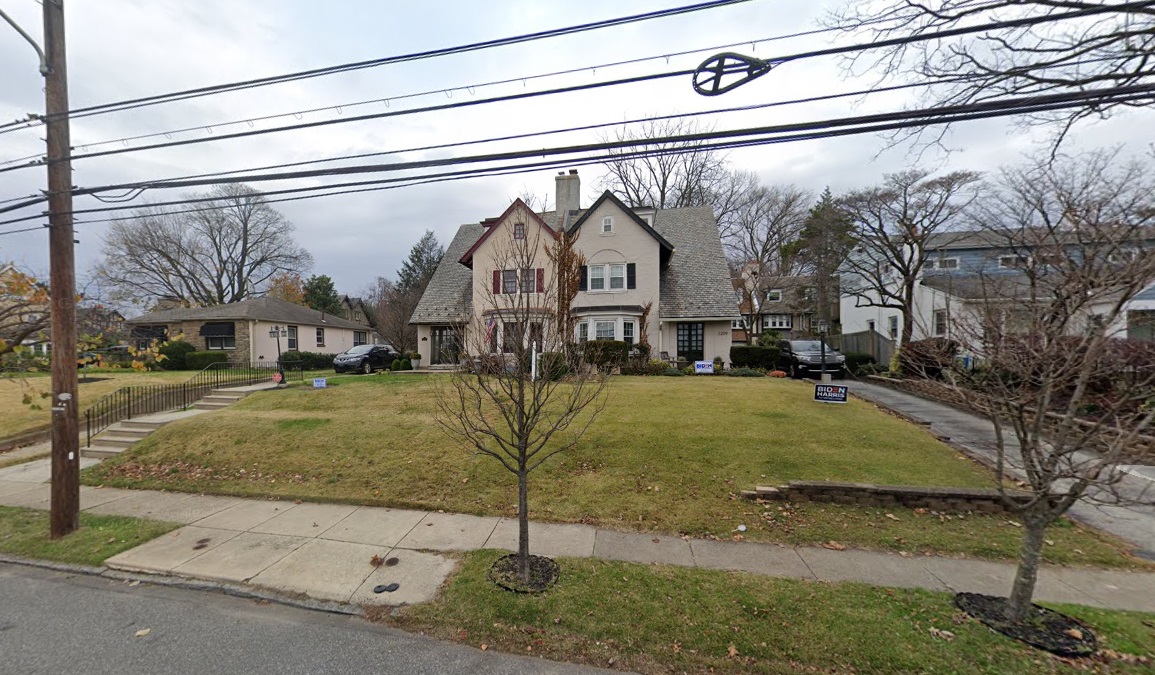
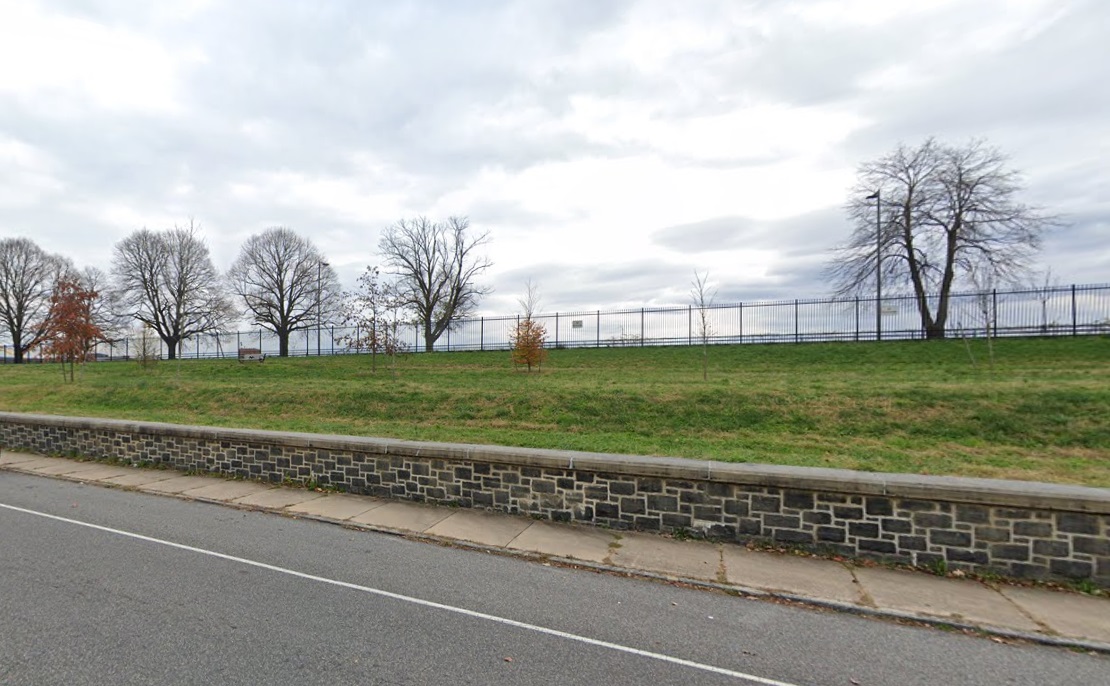
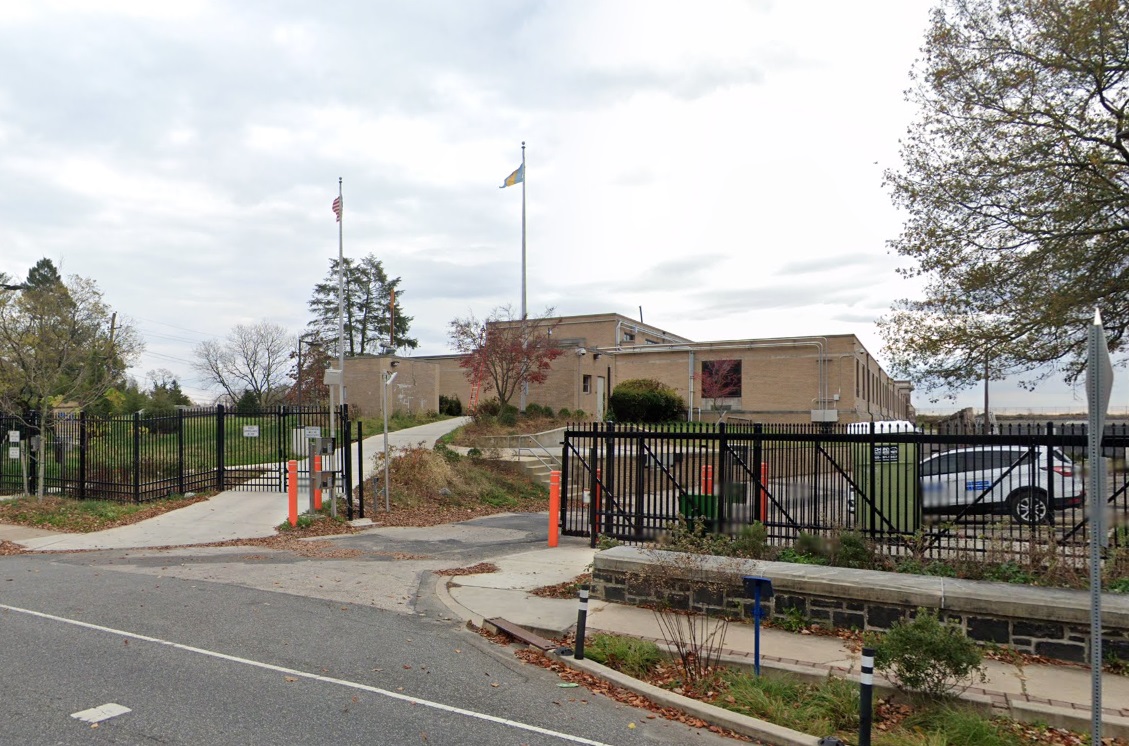
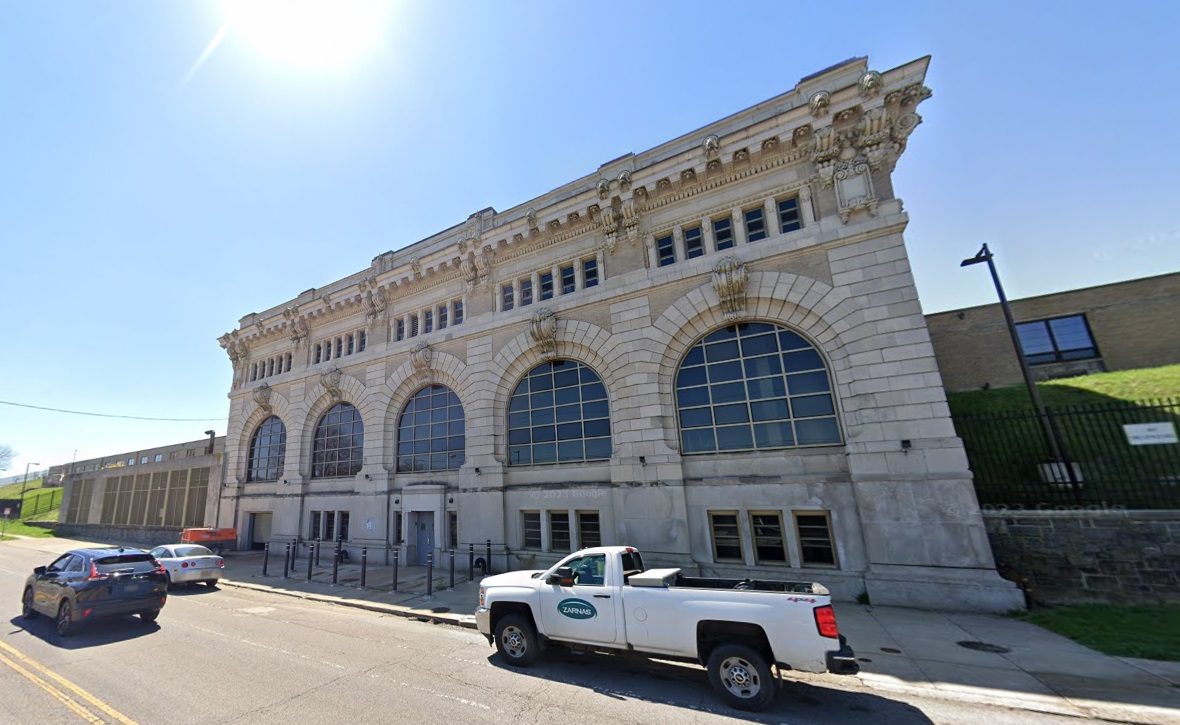
And here’s where things get especially juicy, thanks to an excellent story from the East Falls Local. Originally, the water treatment facility was zoned RM-1, meaning any construction other than single-family homes would require a zoning variance, and therefore, a neighborhood review prior to a trip to the zoning board of adjustments. As of late last year, it seemed as if a bill that was proposed to City Council to change the zoning – and allow building by-right – would be delayed. However, in January of this year, the bill was passed, seemingly allowing the project to proceed. But, as the RCO states, they don’t plan on taking this lightly. There are still hopes that the community will have some say in how these plans take place, despite construction slated to be completed in 2050.
We have all kinds of feelings about this, but one that was brought up in that Local article above really encapsulated our thoughts: is it right for a small group of neighbors who will be inconvenienced to delay a project that will benefit the entire city? It’s a fascinating thought, as this is seemingly NIMBYism at its finest, putting one’s own property and needs ahead of those of the greater good. And if certain protections come to pass, this could become the norm instead of the exception. On the flipside, we do understand why neighbors would be concerned about a multi-billion-dollar investment that has little more than a rough timeframe as far as details.
We’ll settle with this: this project shouldn’t be delayed for a single second given its importance to the entire city, but we truly hope that the Water Department is being genuine in their public outreach efforts. For something so large and potentially disruptive, getting some public feedback seems appropriate. However, feedback and being mettlesome are wildly different beasts and we hope that someone’s view from their den doesn’t take precedence over the health and safety of those most vulnerable to the negative impacts of a water crisis.

Leave a Reply